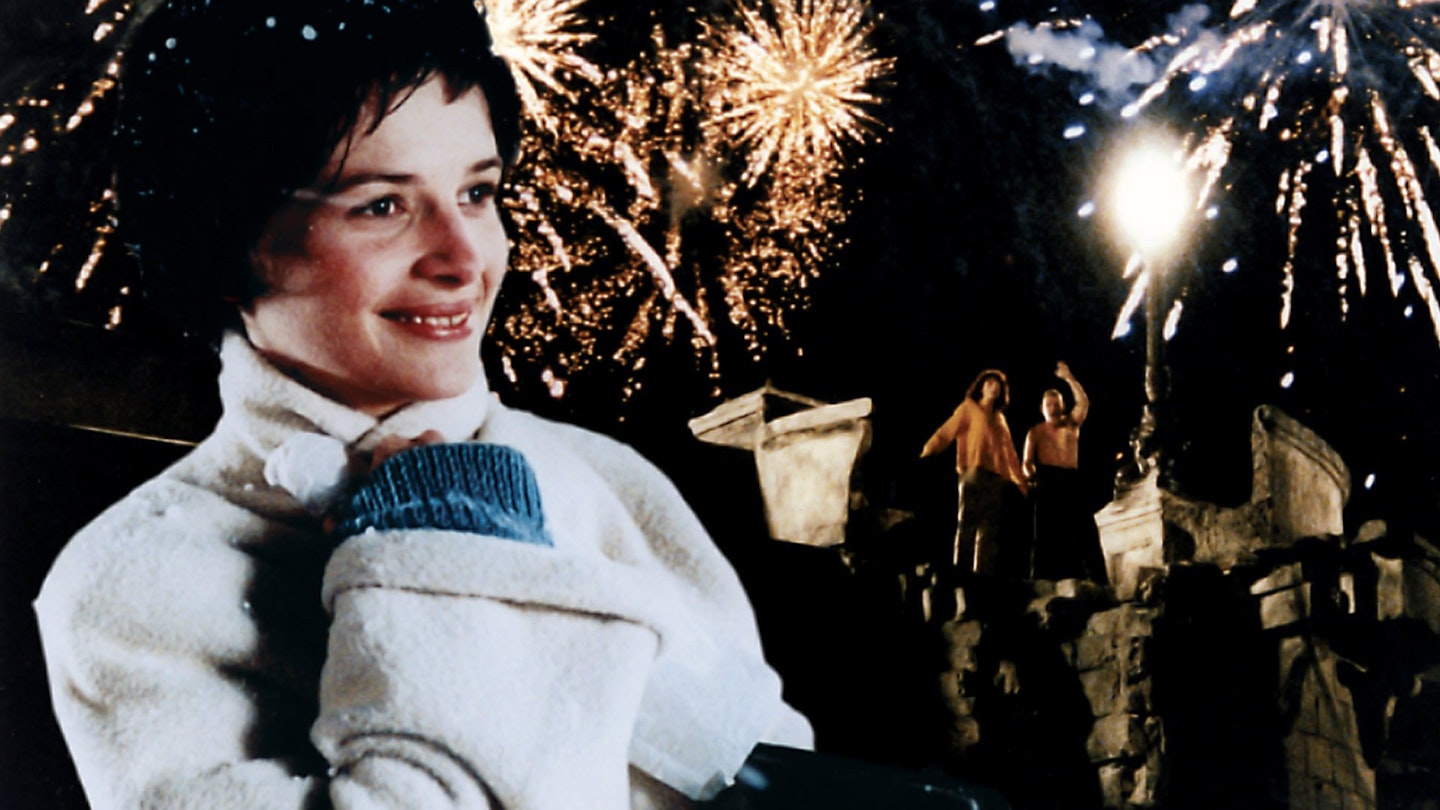An ode to the two greatest passions in his life - Gay Paree and French actress Juliette Binoche - Carax's film was at the time, at the not inconsiderable cost of 200 million francs (about £20 million), the most expensive movie in French history.
Ironic, then, that its subject should be the Parisian homeless, more specifically Michele (Binoche, as unlikely a down-and-out as ever there was), a young runaway suffering from a blinding eye disease, and Alex (Lavant), the lame fire-eater she meets and nurses back to health in the sanctuary of the city's oldest bridge, the Pont Neuf, which they share with another tramp, Hans (Gruber).
The couple seem set to live grimly ever after, until posters alerting Michele to a cure for her eyes start appearing all over Pans, and Alex, terrified that she'll abandon him, tries to destroy as many of the offending notices as he can, with tragic results. Despite all signs to the contrary, this is - given a willing suspension of disbelief - a peculiarly uplifting celebration of I'amour, with Binoche and Lavant superb as the lovers transcending their daily grime into an altogether more fantastic world in which the air is constantly alive with music.
Most fantastic of all, perhaps, is that the film was shot not at the Pont Neuf in Paris but around a replica built 600 km away, a feat for which art director Michel Vandestien was deservedly nominated for a French Cesar for Best Set Design. The film understandably also gleaned a Best Actress nod for the fragile Binoche, but at 200 million francs, the price of love in this case may have been just a little too high
